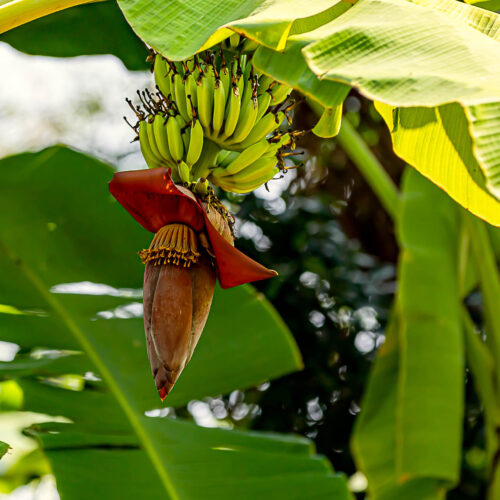Edible weeds
2020-01-19T04:12:18+11:00
Weeds are not all bad - some of them have different uses and can even be eaten. Learn which ones to watch our for and their uses.
When gardening is tough because of climate extremes, weeds come into their own. Not only because you need to control them, but they can also supply some basic salad greens, food for chooks and flowers for bees. You don’t need to see them as an enemy. I’ve written about some of my favourites here. The following are some others that are well worth using. Don’t forget to always harvest weeds away from busy traffic and in regions where they won’t have been sprayed with weed killer. And make sure you have correctly identified a weed before you pick it and eat it!
Chickweed (Stellaria media) is a common weed in early spring, but you will find it growing all year. The whole plant has been used in soups and salads. It contains vitamins A, B and C, calcium and potassium. Last century it was sold in London by street vendors. There is currently some discussion about the safety of saponins contained in the leaves so it is best to use it sparingly or just feed it to poultry and caged birds who delight in its succulent leaves.
Onion weed (Allium triquetrum) is found in temperate regions where it colonises waste areas. Seed is spread by ants which carry it long distances. The leaves, flowers and bulbs can all be eaten – the leaves and flowers as a garnish for salads, soups and stews, and the bulbs in the same way as onions. Potato and onion soup is delicous made with this weed.
Plantain (Plantago major) and horehound (Marrubium vulgare) are both common weeds, which are more often used medicinally than as a regular part of the diet. Young plantain leaves have been used in salads and it was called waybread by the Anglo-Saxons because it was such an important food source. I have always found the leaves tough and tasteless though. Plantain’s main claim to fame is as a wound healer, its reputation being so high that it was believed that ‘if several pieces of flesh were put in a pot with plantain it will join them back together again’. It is also a great remedy for sandfly bites, just crush the leaf and rub it over the bite. Horehound is a problem weed particularly in wool growing regions where the hard seed cases get into fleeces and detract from their quality. However it is also a well-known remedy for coughs and colds. It is still possible to buy horehound cough lollies and a cup of horehound tea made from fresh leaves will alleviate the symptoms of a cold. The taste is bitter so add honey or sugar. If you wish to remain undisturbed while out for a walk then put a few horehound leaves inside your shoes and dogs will not bark as you go by!






